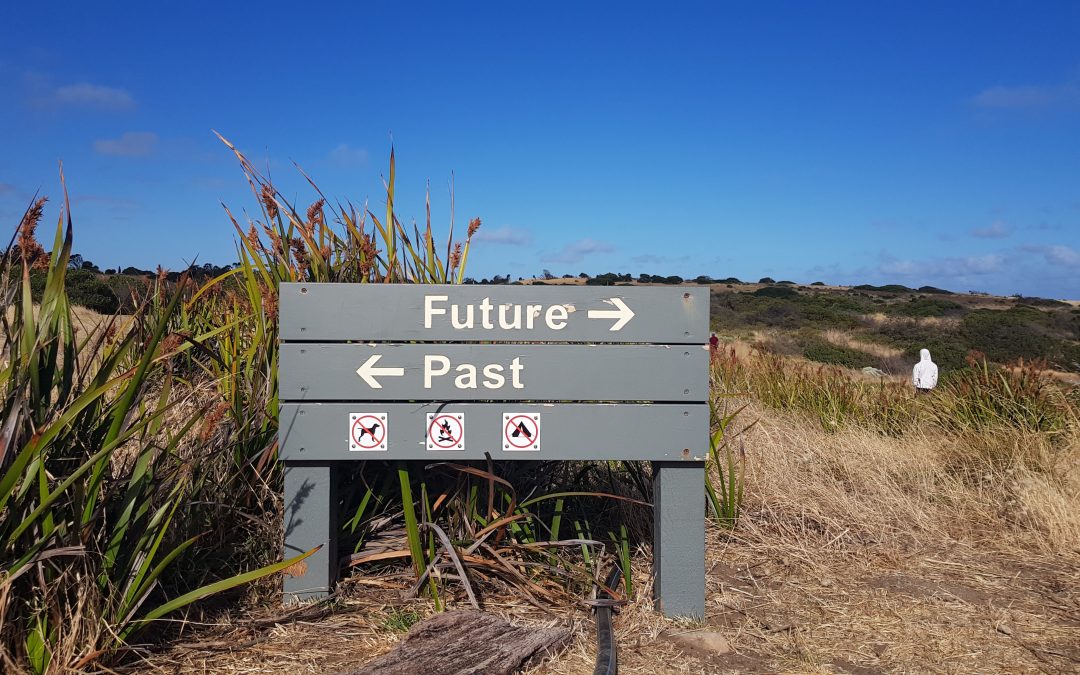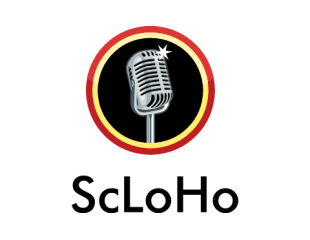
The Long Game
When I say the word “Future”, how far off in the future does your mind think?
Is the Future 5 years away?
Is the Future 20 years away?
Is the Future next week or even next month?
Does it hurt your brain to think beyond today?
Here in the United States we live in short time spans, relatively speaking compared to some other countries around the world.
We elect a President every four years which for many countries is very unstable. And the election cycle has become shorter and shorter. If you like your President then, you want them to last not just 4 years, but 8 years. However if you don’t like your President, you start talking about the next election as soon as possible, sometimes within 6 months.
I find it interesting that we elect government representatives who then create laws that outlast their term in office or in some cases, the laws don’t come into effect until after those that wrote them are out of office.
But enough about government and the Future, let’s talk about business and the Future. In my world of radio broadcasting, I work for a radio station that is now 98 years old. WOWO radio began broadcasting in 1925 and was one of the first AM radio stations. This year there was big news about the death of AM radio because certain automakers announced that they were not including AM radios in their new vehicles. Ford was the big one that caught peoples attention.
The National Association of Broadcasters rallied their members and lobbyists to save AM radio and due to the bad press or pressure either publicly or privately, Ford reversed course and their CEO announced: “For any owners of Ford’s EVs without AM broadcast capability, we’ll offer a software update”. As a broadcaster who knows how radio broadcasting works, the “software update” made me suspicious. If all it takes is a software update, that means the hardware was built-in all this time.
Anyway, the future of AM radio accessibility in Ford manufactured vehicles is safe for now.
On the other hand, there has been a lot of noise in government regarding the social media app TikTok. The concern is that users information is being given to the Chinese Communist Party for evil and it endangers all of us. The app has been banned by one state and the Federal Government is prohibiting it from being downloaded on devices that are connected to government sites.
Changes are coming as the Future continues to move closer and closer. How prepared are you for the changes that could occur next year? Forget about 5 years down the road or 20 years into the future… I bet there are changes that are taking place in your industry that are going to impact your business in the next 18 months or sooner and you have not prepared for them yet.
The idea of The Long Game which is what I titled this piece is not that you need to stick with doing everything the same way forever and ever, but to look to the Future and plan for what is coming or could be coming.
As I announced in May, WOWO radio prepared for the future by adding a strong FM signal, 92.3 to our options for listeners to tune in while they are driving in case their vehicle doesn’t have AM radio. We were prepared and you need to be prepared too in your business.
When it comes to inviting people to spend their money with you and your business, I have tons of options and ideas that you should consider. Some are nearly 100 years old, while others are in their infancy. Contact me and let’s play the Long Game together for today and the Future.




